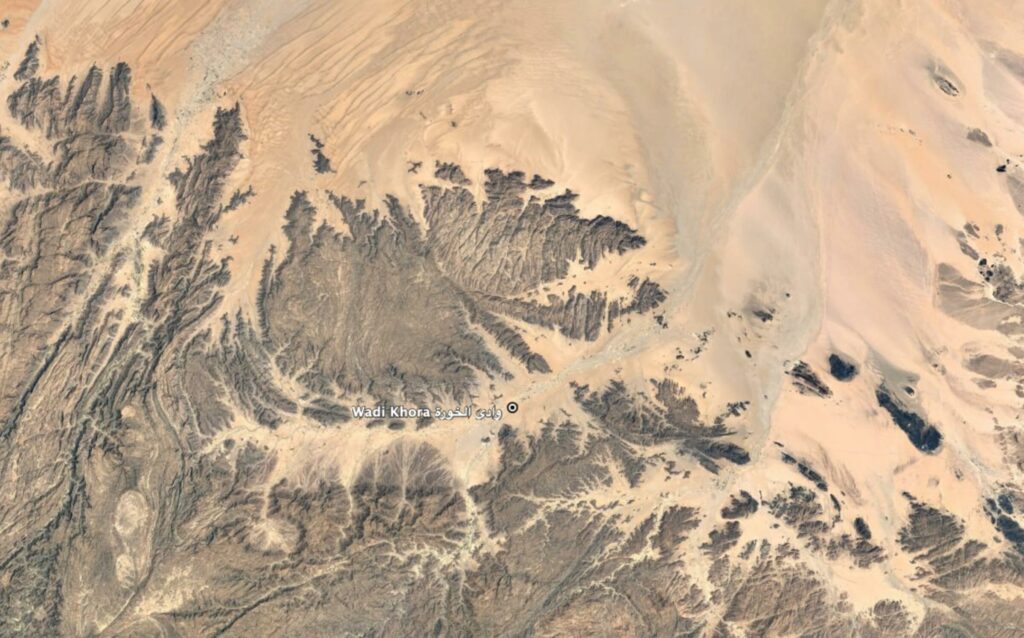Incident Code
Incident Date
Location
Geolocation
Geolocation
Airwars Assessment
(Previous Incident Code: YEM313)
At least two men were reportedly killed by a US drone strike in Wadi Khora, Merkhat area of Shabwa governorate, overnight from May 14th-15th 2018. Though most sources suggested that those killed were AQAP militants, a brother of one of the dead denied to Associated Press that either were members of AQAP or ISIS.
A confirmed US strike took place in Shabwa on that date, a US Central Command spokesperson later told the Long War Journal. Since there were no other known reported strikes in Shabwa on May 14th, this event is treated as declared.
Associated Press and Twitter user @3nadoalaqi named the dead as Hussein Bakhash al-Dayani al-Awlaki and Abdullah Ruwais al-Karbi Al-Ahmadi al-Awlaki. Hussein’s brother, Khaled, told AP that neither were militants, but that his brother was a member of a militia fighting Houthi forces. “We are against those people,” Khaled said, regarding AQAP. It was unclear whether Abdullah was also a militia member.
A May 15th tweet from Al-Masdar Online suggested that two civilians were killed in a Shabwa drone strike, though the original linked article could not be found by Airwars. Another article from Al-Masdar from the same time indicated only that two people had been killed in the strike, whom local residents “suggested” to be AQAP members passing through the area.
Reprieve shared their findings on this strike with Airwars; a trusted source indicated to Reprieve that the strike had killed two.
Several sources, such as Yemen Shabab, Khabar Agency, and SMA News, reported that the strike had instead killed alleged or suspected AQAP militants, according to tribal and local sources. While some, including Yafa News and the Al-Masdar Online article mentioned above, indicated that two militants had been killed, most suggested that three militants had died. A security official told Xinhua that “at least four” militants had died.
The strike reportedly targeted a car with two consecutive missiles in front of the Al-Ghadeenah Dam, according to Al-Masdar Online, killing all of those inside. While most suggested that a single car was targeted, a security official and local residents told Xinhua that two vehicles were in fact destroyed. Apparent images of the strike location, however, appeared to show only one destroyed vehicle. Multiple sources, including Yemen Shabab and @egl3000, indicated that the vehicle was transporting ammunition and explosives, leading to continued explosions after the initial reported strikes.
Since AP reported that at least one of those killed was an active (if ‘friendly’) combatant, and since the circumstances of the strike appeared to indicate that he was on-duty at the time of the strike, Airwars has assessed that a minimum of one, and a maximum of two, civilians were reportedly killed. Similarly, accounting for the possibility that two were killed, neither affiliated with AQAP, but at least one a militia-member, a minimum of one combatant is assessed as being reportedly killed, with a maximum of four.
Most sources suggested that the strike took place late on March 14th, though some instead indicated early on March 15th. One local news outlet, @AlRayan_News, specified 11:05pm local time – posting its first tweet on the attack just eleven minutes later.
In its annual civilian casualty report to Congress issued in April 2019, the US Department of Defense stated that it had assessed “no credible reports of civilian casualties resulting from US military actions in Yemen during 2018″.
Responding to Airwars’ publication of its Yemen dataset and accompanying report in October 2020, CENTCOM dismissed all but two civilian harm claims under President Trump, asserting that “USCENTCOM conducted a thorough review of the information AirWars provided regarding allegations of potential civilian harm caused by USCENTCOM strikes in Yemen from 2017-2020… The bulk of the information asserted by AirWars, however, did not correspond with dates and locations of U.S. military strikes or raids in Yemen. Other AirWars allegations either did not allege civilian harm or were not assessed as credible upon our review.”
Victims
Individuals

Key Information
Geolocation Notes
Reports of the incident mention the Wadi Khora (وادي الخورة) area within the Merkhat (مرخة) districts of Shabwa (شبوة) governorate. It is unclear whether this refers to an area or a settlement, however we have located the Wadi within the district with undefined boundaries. Due to limited satellite imagery and information available to Airwars, we were unable to verify the location further. The generic coordinates for Wadi Khora are: 14.61063, 46.21792.

Reports of the incident mention the Wadi Khora (وادي الخورة) area within the Merkhat districts of Shabwa governorate. It is unclear whether this refers to an area or a settlement, however we have located the Wadi within the district with undefined boundaries.
Imagery: Google Earth
